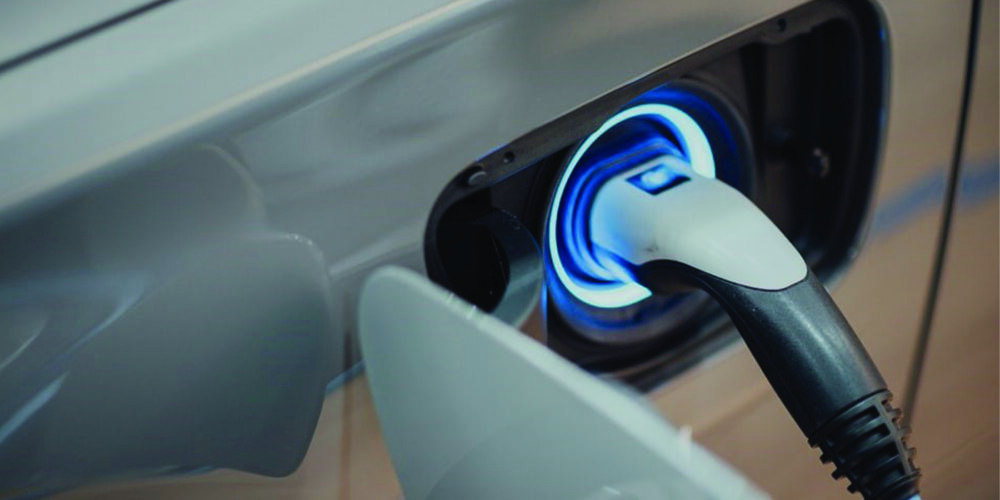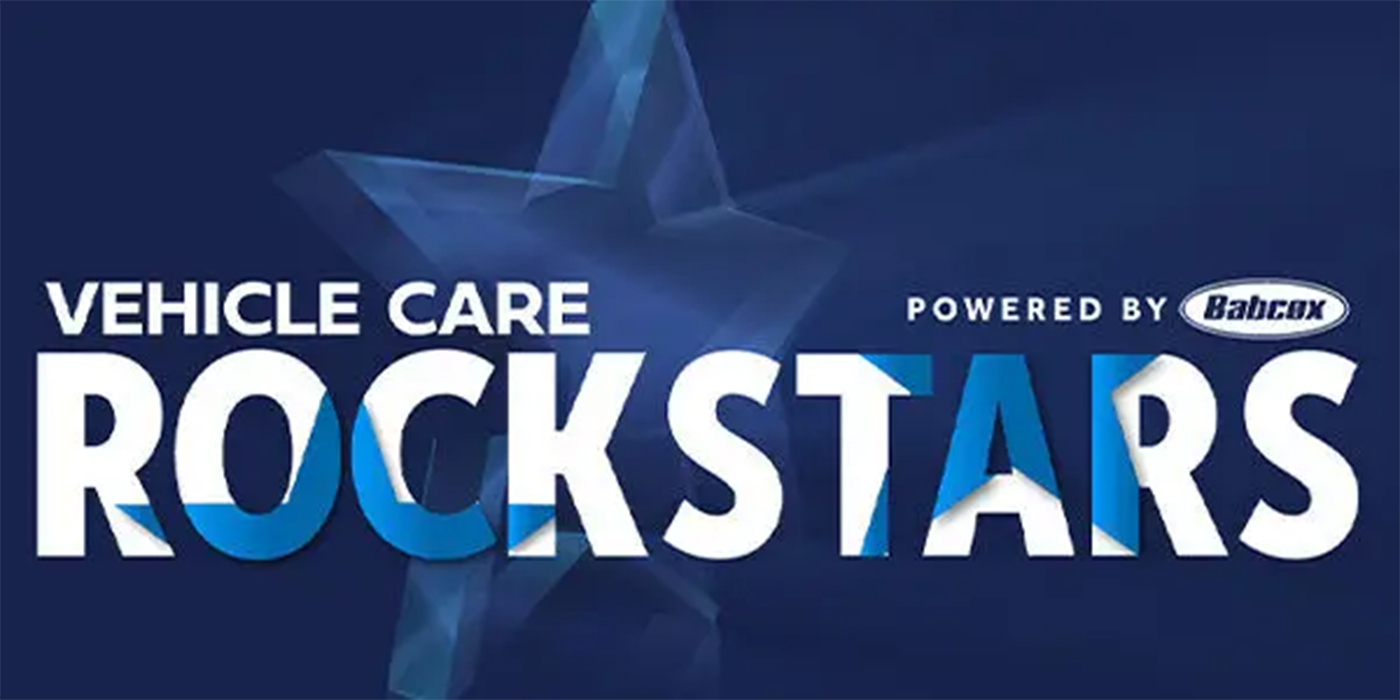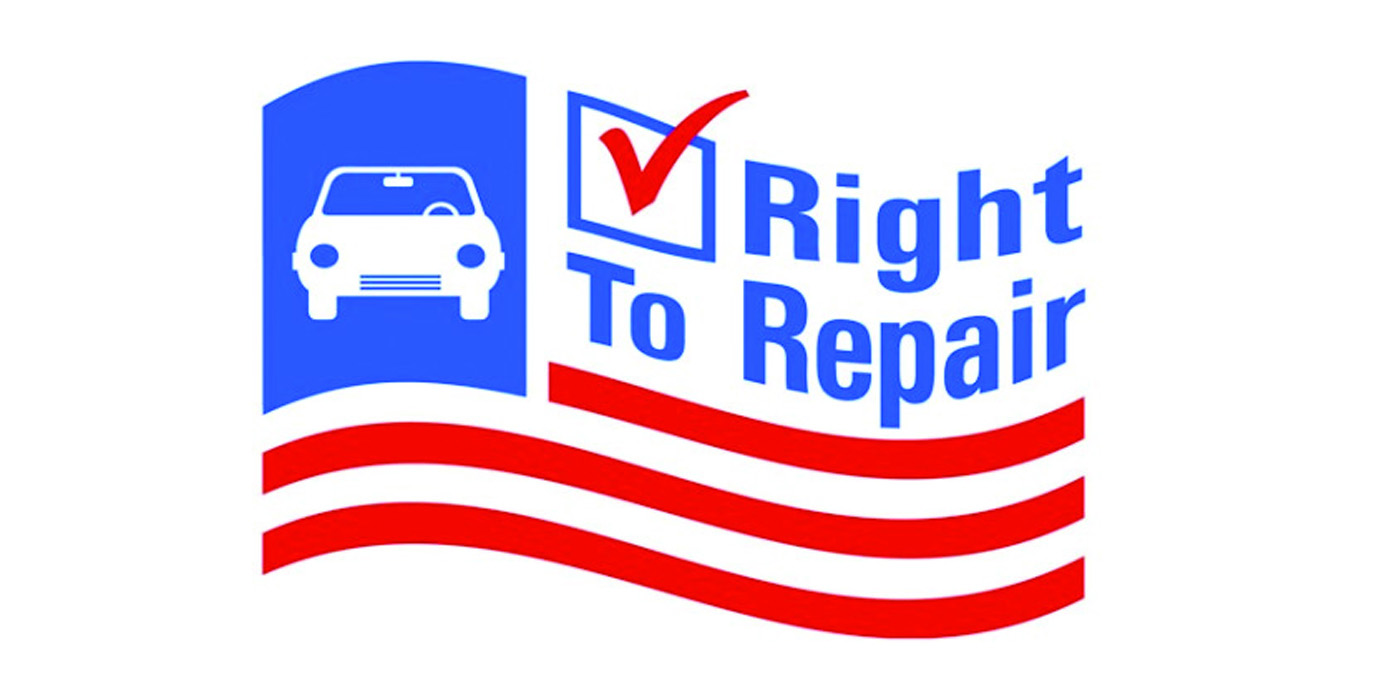Lately, there has been a lot written about the need for new legislation to bring some sense of order to the chaos around our country’s borders. Most of the attention is focused on the states bordering Mexico with reports indicating that in 2005, 1.3 million people were caught trying to illegally cross into the United States. As the debate heats up on how to solve the immigration problem, it should raise the question from each of you about your strategy to serve this growing population.
Here are some interesting facts to consider:
Hispanics will account for 25% of the population by 2050 (currently they represent 14%);
One of out of five children under five years old is Hispanic;
Currently, 36% of the population of Texas and 34% of California’s population is Hispanic; and
There are more Hispanics in the U.S. than there are Canadians in Canada.
We publish a magazine called Servicio Automotriz that is targeted toward the Hispanic technicians in this country. Some industry experts estimate that at least 15% of technicians are Hispanic, and the fact of the matter is that they prefer to read technical information in their native language. During the past two years, we’ve received a letter or two from readers of this magazine who were upset with the fact we publish a magazine in Spanish. They proclaim that everyone in this country should speak “English” and we are only making matters worse by catering to them. My typical response in these situations is that we feel all technicians need continuous training on repair procedures and new technologies, and we have found that there is not much technical repair information available in Spanish.
But learning the technical procedures is only half the battle for the Hispanic technician. Ultimately, to grow in their career they also need to learn English. To help this cause, next to the column of Spanish copy in Servicio Automotriz, we also print the English translation of the article. While our Hispanic readers like the technical information, they seem to be most appreciative that the English translation also is included.
Hispanic technicians seem to help fill the void presented by the technician shortage. As an industry, I think we need to nurture any legal worker who is willing to approach automotive service in a professional manner with the goal of delivering quality repairs and, ultimately, customer satisfaction.
We realize that some of you already have Spanish-speaking technicians at your shop, either as a result of the area of the country in which you operate, and/or because you realize the inherent benefits/opportunities of hiring such individuals. We welcome your feedback on how you’ve assimilated Hispanic workers into your place of business, as well as any advice to share with shop owners who are pursuing this workforce option. Please send your comments to [email protected].













